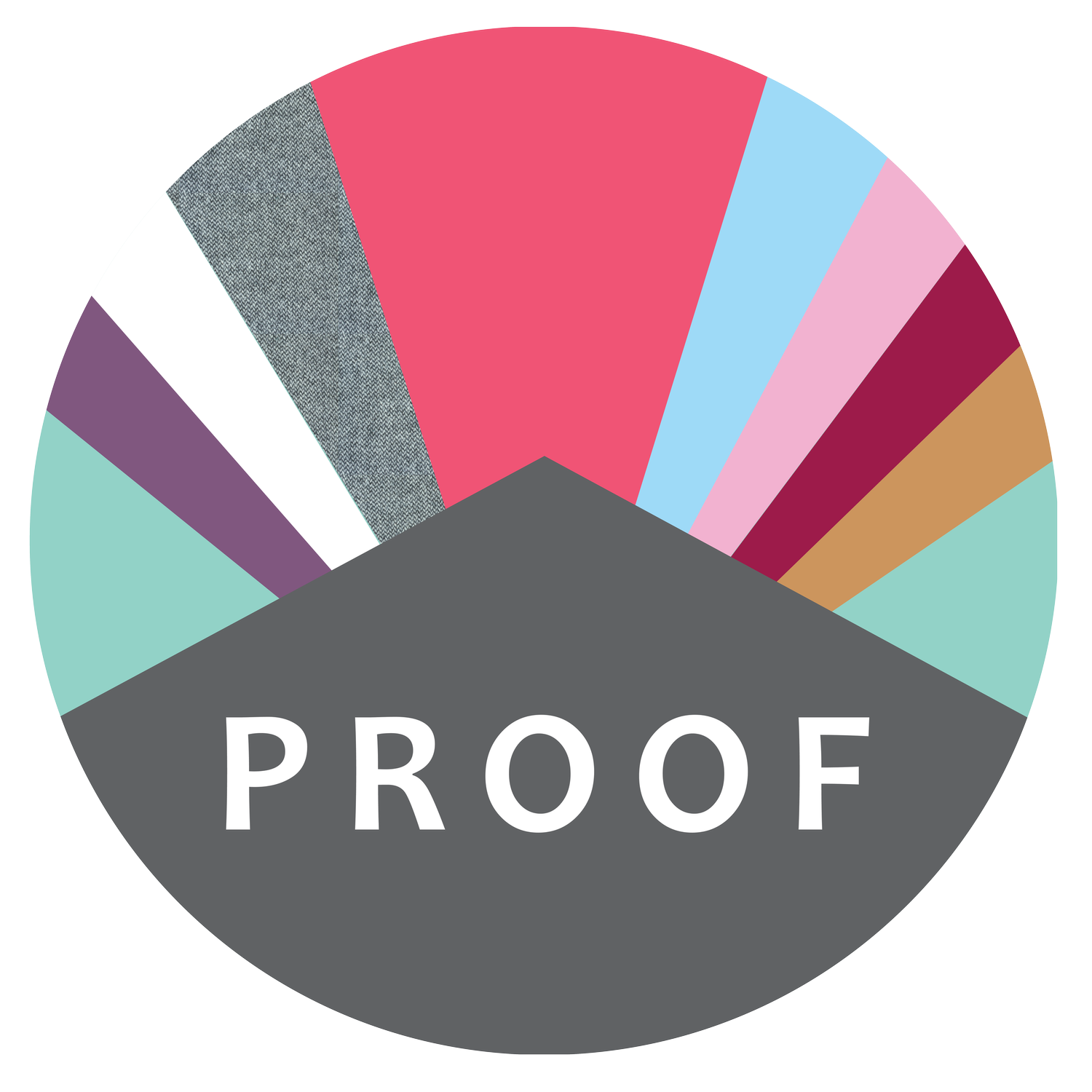Don't Fear the Reefer!
Proof is well-known for products with CBD and other novel cannabinoids (like CBN and CBG), but of course THC is the shining star of the cannabis plant. THC is so much more than the munchie-inducer that popular culture imagines. This blog busts the myth that the only purpose for THC is to get you stoned.
THC: What else can it do?
As the most controversial and most popular cannabinoid, THC has far more research than any of the other cannabinoids and has been found to be hugely beneficial in many ways. Promising studies cite the effectiveness of THC for pain management, appetite stimulation, antimicrobial properties, neuroprotectivity, gut health, skin rejuvenation, and more.
Let’s not forget that the mind-altering effects (as in, “getting high”) of THC can also be beneficial. This altered state of mind, when enjoyed responsibly, can lead to breaking mental barriers, excelling creativity, and increasing enjoyment of music, sex, nature, and more.
To harness the benefits of THC and avoid possible unwanted side effects, start with figuring out the dose that’s right for you.
Dosage: Don’t Fear the Reefer!
The first question every new cannabis user has is: how much should I take? That’s why we’ve created the “High-o-Meter.” Every person reacts differently to cannabis, and we’ve found that the best way to guide you on this journey is to start with the basic question: how much THC is right? CBD is best paired with THC, due to the so-called entourage effect, so start by finding a ratio between THC and CBD that works best for you.
Low Potency (0.5 - 2 mg THC)
Often referred to as a microdose, low potency products have 0.5 to 2 mg of THC per dose. It’s unlikely that one will feel “high” from 1mg of THC or less. Even the most sensitive users only start feeling the psychoactive effects of THC at 2-3 mg. These ratios are made for people who do not want to feel the intoxicating effects of THC at all, but want to have the maximum benefit of CBD. Low potency products are great for experiencing the calming effects of cannabis while maintaining productivity and focus.
For low potency products, try Proof’s 20:1 and 10:1 ratios.
Medium Potency (2 - 10 mg THC)
At 2 mg of THC, the most sensitive users will start to feel the slight euphoria of psychoactivity, and at 5 mg, most occasional users will feel a slight high. This level is a standard “low” dose, where many people can feel the effects but are not overcome with silliness. Experienced users usually do not feel any “high” at this dosage, but no matter what, the cannabinoids are doing their job.
Proof offers a variety of balanced or medium potency products, including 5:1, CBN Sleepy & CBG Elixir and 1:1 ratios.
Equal parts THC and CBD, a 1:1 ratio, offers a true balanced potency with 10 mg of each cannabinoid. At this “medium” dose, inexperienced and low-tolerance users will start to feel “stoned” and likely sleepy. Experienced users may feel anywhere between no-high to slight-high. We recommend moving up to this level from a lower dose, rather than starting here. This is also a great night-time level for people who use lower levels of THC throughout the day. Proof offers a range of balanced potency products, including 1:1 tinctures, capsules, and full spectrum cannabis oil.
High Potency (30-100 mg THC)
High potency cannabis products are intended for experienced THC consumers. Now popular for recreational use, Proof originally formulated high potency products for patients. There is a huge jump from the “medium” to high potency doses. That’s because THC tolerance tends to be exponential, and long-time consumers may find themselves going from 10 mg or 20 mg to more following regular use.
Proof high potency products include High THC tinctures, drops, and shot as well as the Tsunami capsules with 100 mg THC per dose and strain specific full spectrum cannabis oil.
What if I don’t want any THC?
Proof only offers one product without THC, because THC is a crucial element to the effectiveness of CB.! Our 20:1, 10:1, 5:1, and 1:1 ratios are all made for different people’s needs, but all rely on the balance of CBD and THC to make the most effective dose for a given person.
The exception, of course, is the CBD Only Tincture. This was made with specific folks in mind: those who don’t want or can’t have any THC in their system, but still want to use CBD. You’ll notice that this tincture contains three times the amount of CBD - that’s because CBD isn’t as effective without THC in the mix, so we amped it up to make up for that difference.
Sources Cited:
Mack A, Joy J. Marijuana as Medicine? The Science Beyond the Controversy. Washington (DC): National Academies Press (US); 2000. 4, MARIJUANA AND PAIN. Available from: https://www.ncbi.nlm.nih.gov/books/NBK224384
Institute of Medicine (US); Joy JE, Watson SJ Jr., Benson JA Jr., editors. Marijuana and Medicine: Assessing the Science Base. Washington (DC): National Academies Press (US); 1999. 4, The Medical Value of Marijuana and Related Substances. Available from: https://www.ncbi.nlm.nih.gov/books/NBK230711/
Karas JA, Wong LJM, Paulin OKA, Mazeh AC, Hussein MH, Li J, Velkov T. The Antimicrobial Activity of Cannabinoids. Antibiotics (Basel). 2020 Jul 13;9(7):406. doi: 10.3390/antibiotics9070406. PMID: 32668669; PMCID: PMC7400265.
Eagleston LRM, Kalani NK, Patel RR, Flaten HK, Dunnick CA, Dellavalle RP. Cannabinoids in dermatology: a scoping review. Dermatol Online J. 2018 Jun 15;24(6):13030/qt7pn8c0sb. PMID: 30142706.
Massa F, Monory K. Endocannabinoids and the gastrointestinal tract. J Endocrinol Invest. 2006;29(3 Suppl):47-57. PMID: 16751708.


